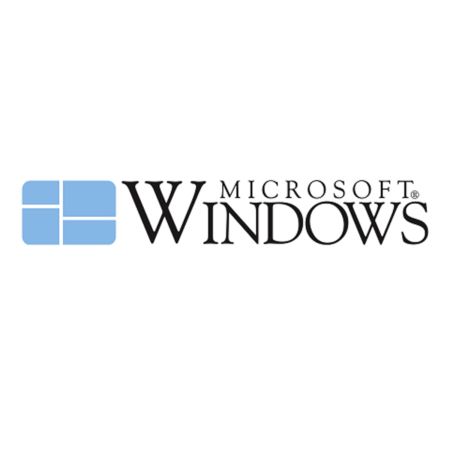Version History: Windows 1.0
Introducing our Version History series
I’m not sure if you’ve noticed, but here in the Geeks office, we love what we do. For us, the passion for tech was ignited at a young age through the wonderful world of gaming, programming and general cyber-tinkering. So, we thought it would be fun to take you on a trip down memory lane and revisit some of the features and quirks of bygone software versions.
Let’s kick off with Windows 1.0.
Windows 1.0 – Microsoft’s Flagship Graphical User Interface (GUI)
Back in the 80s, Microsoft got everyone excited with the promise of a new GUI operating system. We couldn’t wait for its release in April 1984, but they kept us waiting. Seventeen months later, in November 1985, Windows 1.0 was unveiled.
Microsoft’s foray into developing a new, more visual approach to personal computing got the tech industry excited. Windows 1.0 introduced features which would, in Microsoft’s own words, “..turn the computer into a graphics-rich environment”.
1. Applications
WOW, the apps. The older Geeks amongst us wasted half our teenage lives messing around with these. Windows Writer. Paint. Calculator. Notepad. Reversi. Clock. MS-DOS File Management. They were all in there in the basic package.
2. Multitasking capabilities
Windows ’tiles’ made it possible to run several applications at once on the screen. Say whaaat? What a timesaver. Or maybe not, as we’ll discuss later.
3. User-friendly navigation
Drop-down menus. Scroll bars. Dialogue boxes. And a MOUSE. That took some getting used to. It was the beginning of the end for the geeky ritual of typing commands.
Microsoft opened up the market for app development. It invited other companies to build applications which could be used in conjunction with its operating system. Ultimately, Windows 1.0 would allow the user to hop seamlessly between a word processor, spreadsheet, database, and graphics software. It was a flagship GUI with desktop features.
Was Windows 1.0 well-received?
Hmmm, not so much. Despite the initial excitement surrounding its release, Windows 1.0 left the computing public (and industry) feeling somewhat underwhelmed. It was considered a rip-off of Apple’s recently-launched Mac OS. Not only that, but the system requirements of 640K of RAM beggared belief. The consensus was that it was too slow – a fault which cancelled out the system’s multitasking potential that was expected to blow the competition out of the water.
Microsoft responded to the critics with Windows version 2.0, which brought with it overlapping windows, Word and Excel. Version 3.0 further improved multitasking functionality. But both updates failed to impress. It wasn’t until 1993 that Microsoft finally pulled it out of the bag with version 3.11. Introducing TrueType for publishing and client networking capabilities, Windows finally became a noteworthy contender against Mac OS. This was the beginning of Microsoft the mega-corporation that we know today.
Failure is a success in progress
In 1983, Bill Gates predicted that 90% of computers would run on Windows 1.0 by the end of 1984. He was wrong. Microsoft only sold 500,000 copies. As Gates himself said, “It’s fine to celebrate success, but it is more important to heed the lessons of failure.”
Let’s cut Microsoft some slack though. Despite its faults, Windows 1.0 doesn’t belong in the best-forgotten archives. After all, ideas have to start somewhere. Someone had to take that leap of faith and introduce those features that were to become commonplace. Features that we still very much relied upon today. We love Microsoft for that.
It’s time to upgrade
If you’re looking to upgrade from Windows 1.0, give us a shout. The capabilities of Windows 10 and the Cloud will completely blow your mind.
Visit the Computer Geeks website to find out about our 21st century IT support services.




